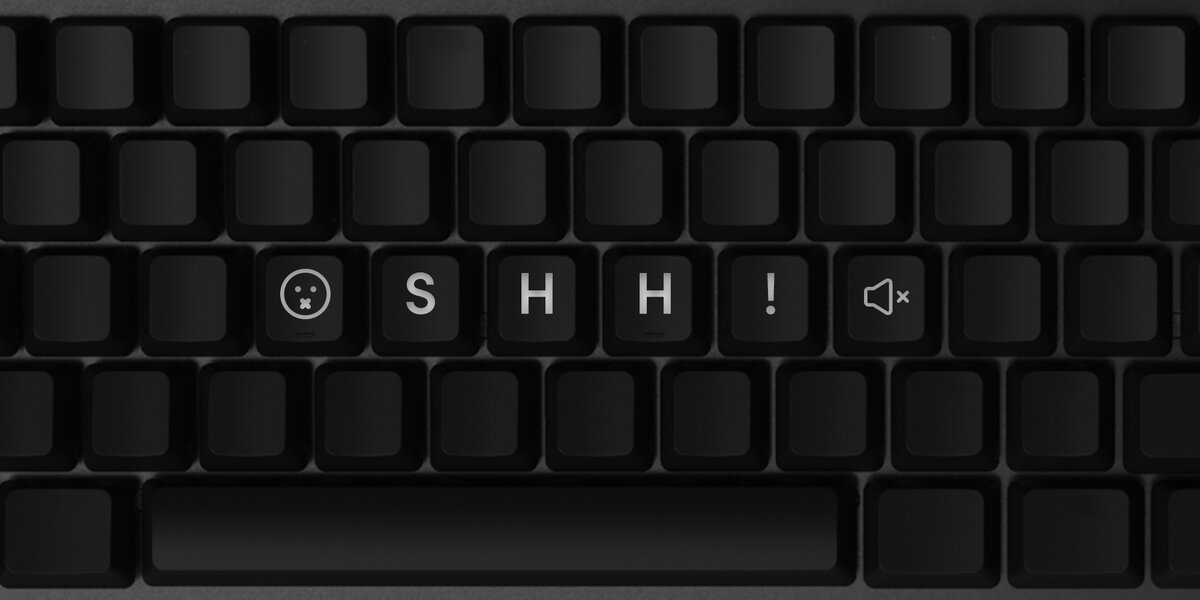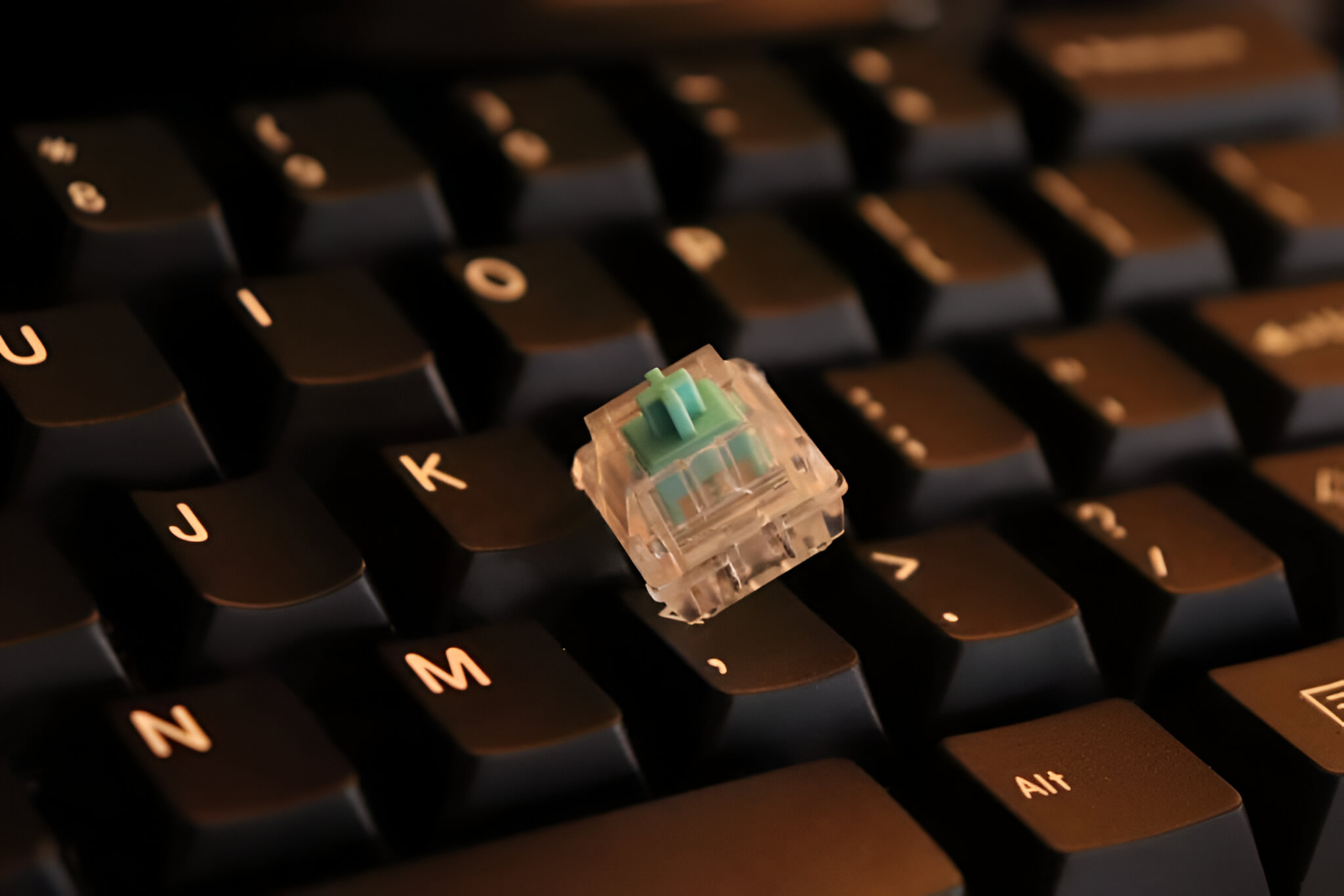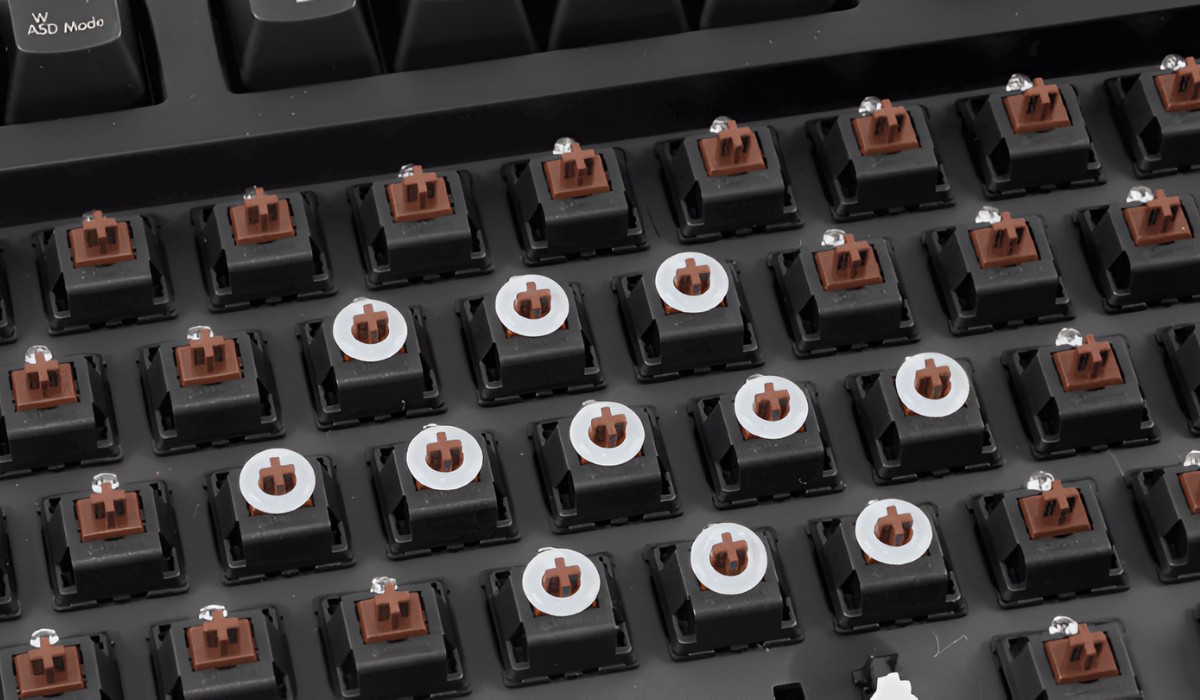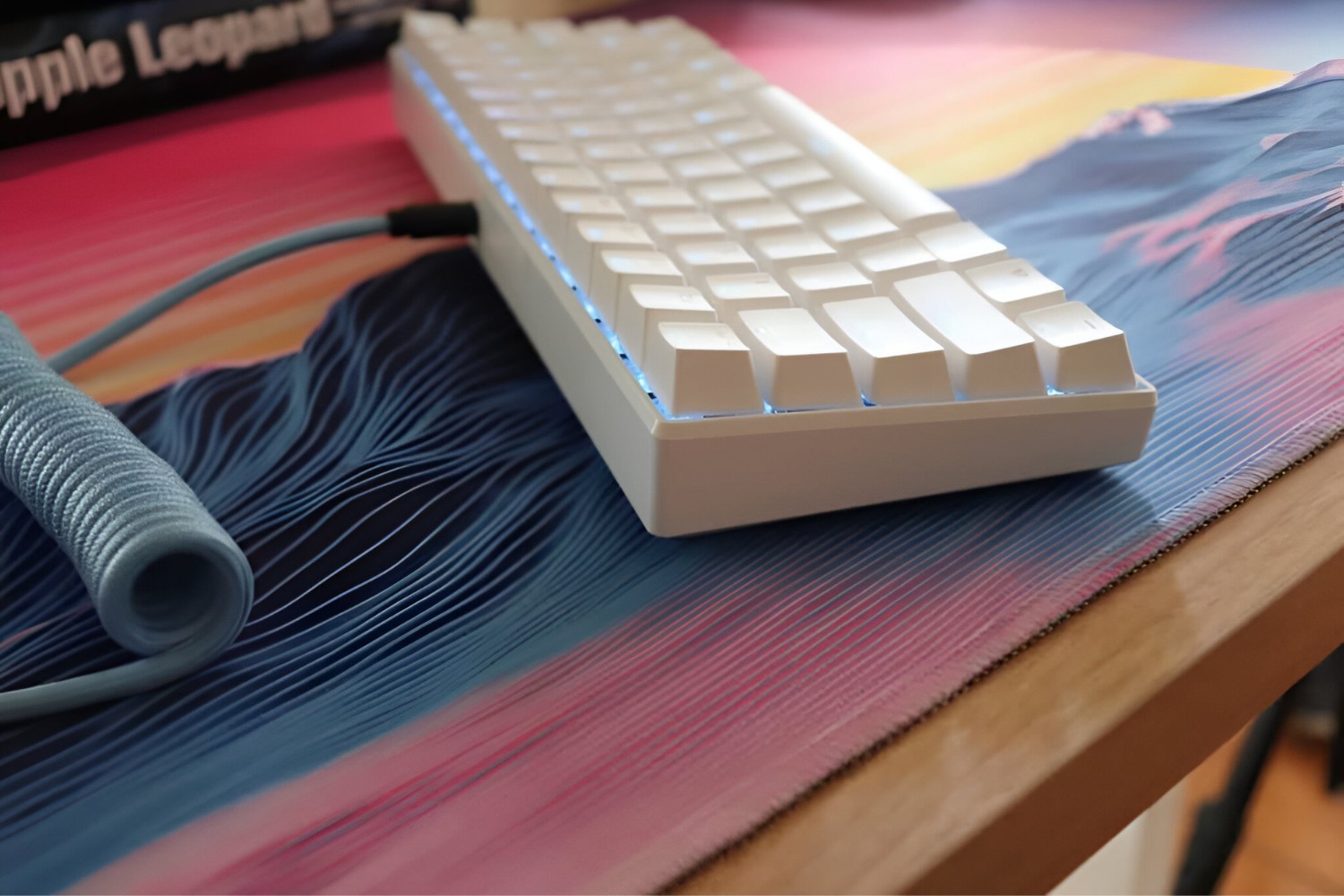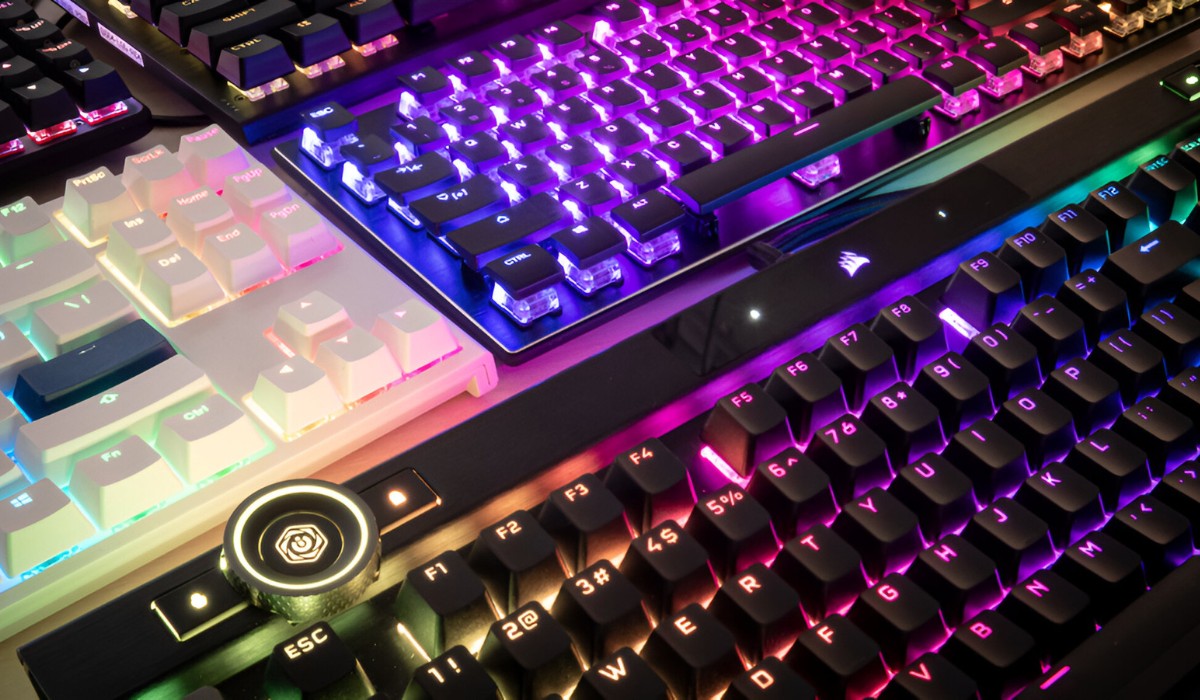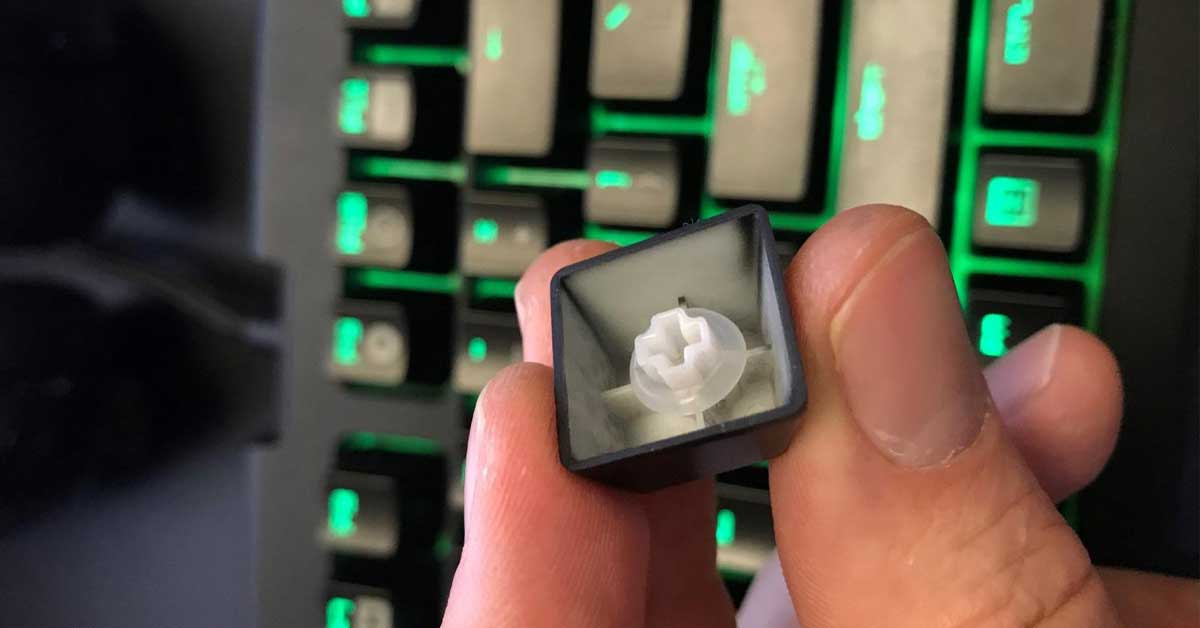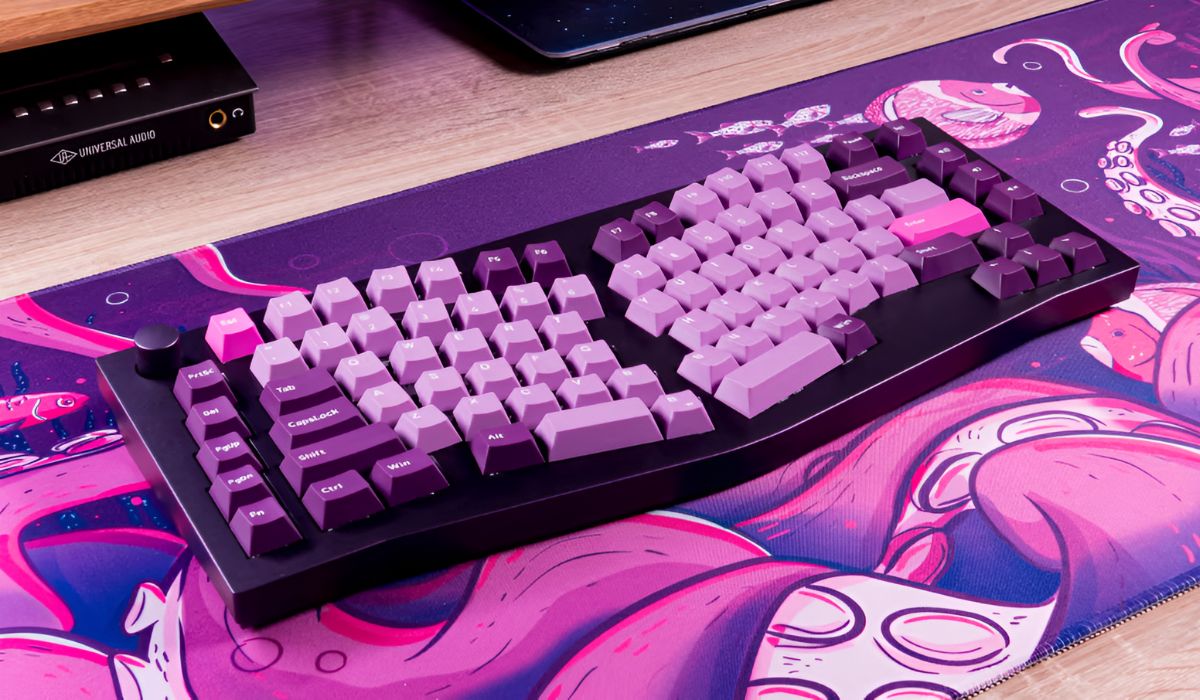Choosing the Right Switch Type
When it comes to making a mechanical keyboard quieter, the choice of switch type plays a crucial role. Mechanical switches are generally categorized into three main types: linear, tactile, and clicky. Each switch type offers a distinct feel and sound profile, and selecting the right one can significantly impact the overall noise level of the keyboard.
Linear switches, known for their smooth and quiet keystrokes, lack the tactile bump or audible click found in other switch types. This makes them an ideal choice for those seeking a quieter typing experience. The absence of tactile feedback reduces the noise generated during key presses, making linear switches a popular option for office environments and shared workspaces.
On the other hand, tactile switches provide a noticeable bump when a key is actuated, offering both physical feedback and a subtle auditory cue. While tactile switches are generally quieter than clicky switches, they produce a more pronounced sound compared to linear switches. However, the tactile feedback can enhance typing accuracy and comfort, making them a favorable choice for individuals who prioritize both quietness and tactile response.
Clicky switches, characterized by their audible click sound and tactile bump, are the loudest among the three switch types. The distinct click sound is produced when the key is actuated, resulting in a more pronounced typing noise. While clicky switches are favored by some users for their satisfying feedback, their inherent loudness may not be suitable for environments where noise levels need to be minimized.
Considering the impact of switch type on keyboard noise, individuals seeking a quieter typing experience may opt for linear or tactile switches over clicky switches. By carefully evaluating the characteristics of each switch type, keyboard enthusiasts can make an informed decision based on their specific preferences and the surrounding acoustic environment.
Adding Dampening O-Rings
One effective method to reduce the noise generated by a mechanical keyboard is to install dampening O-rings. These small rubber rings are placed around the stem of each keycap, serving to cushion the impact when a key is pressed. By absorbing the downward force and preventing the keycap from bottoming out against the switch housing, dampening O-rings can significantly diminish the sound produced during typing.
When a keycap bottoms out against the switch housing, it can create a distinct “clack” noise, particularly noticeable on keyboards with linear switches. Dampening O-rings act as shock absorbers, softening the impact and minimizing the reverberation that contributes to the overall noise level. This results in a quieter and more subdued typing experience without compromising the tactile feedback provided by the switches.
Furthermore, the installation of dampening O-rings can also enhance the overall feel of the keyboard. The reduction in key travel distance when the O-rings are in place can create a more responsive and cushioned keystroke, leading to a more comfortable typing experience for users. This improvement in key feel, combined with the noise reduction, makes dampening O-rings a popular choice for individuals seeking to maintain the tactile feedback of their mechanical keyboard while minimizing its acoustic impact.
It is important to note that the thickness and material of the O-rings can influence the degree of noise reduction and the feel of the keystrokes. Thicker O-rings generally provide more effective sound dampening but may slightly alter the key travel distance, while softer materials can offer greater cushioning. By experimenting with different O-ring configurations, users can tailor the noise reduction and key feel to suit their preferences, striking a balance between quiet operation and tactile satisfaction.
Overall, the addition of dampening O-rings presents a practical and customizable solution for reducing the noise produced by a mechanical keyboard. With the ability to fine-tune the level of noise reduction and maintain the tactile qualities of the switches, O-rings offer a versatile and effective means of achieving a quieter typing experience.
Lubricating the Switches
Another method to mitigate the sound of a mechanical keyboard is by lubricating the switches. This process involves applying a specialized lubricant to the moving parts of the switches, such as the stem and housing, to reduce friction and dampen the noise generated during key presses. Properly lubricated switches not only operate more smoothly but also produce a quieter typing experience.
When switches lack lubrication, the friction between the moving components can lead to a scratchy or rattling sound, especially on linear switches. By carefully applying a thin layer of lubricant, such as silicone or fluorinated grease, to the contact points and sliding surfaces of the switches, users can effectively minimize the friction-induced noise. Additionally, the lubricant serves to dampen the impact of the moving parts, further reducing the overall acoustics of the keyboard.
It is important to note that the process of lubricating switches requires precision and care. Each switch must be opened, and the internal components delicately treated with the lubricant. Over-lubrication can lead to an undesirable mushy feel, affecting the tactile feedback of the switches, while under-lubrication may not achieve the desired noise reduction. Therefore, a balanced application of the lubricant is crucial to maintaining the switches’ tactile characteristics while minimizing noise.
Furthermore, the type of lubricant used can influence the effectiveness of the noise reduction and the longevity of the switches. High-quality lubricants designed specifically for mechanical switches offer superior durability and consistency, ensuring long-lasting noise reduction without the need for frequent reapplication. Selecting the appropriate lubricant for the specific switch type and user preferences is essential to achieving the desired noise reduction and tactile feel.
By lubricating the switches, enthusiasts can not only achieve a quieter typing experience but also prolong the lifespan of their mechanical keyboard. The reduction in friction and noise, coupled with the preservation of tactile feedback, makes this method a valuable option for individuals seeking to enhance the performance and acoustics of their keyboards.
Using Sound-Dampening Keycaps
For individuals seeking to reduce the noise generated by their mechanical keyboards, sound-dampening keycaps offer an effective solution. These specialized keycaps are designed with materials and structures that help absorb and minimize the sound produced during typing, resulting in a quieter overall typing experience.
Sound-dampening keycaps are typically constructed using materials with sound-absorbing properties, such as high-quality plastics or rubber compounds. These materials are adept at dampening the impact and reverberation of key presses, effectively reducing the noise transmitted through the keyboard. Additionally, the design of sound-dampening keycaps often incorporates features such as extra thickness or internal cushioning to further mitigate the sound produced when keys are actuated.
When compared to standard keycaps, sound-dampening keycaps can noticeably diminish the clatter and resonance associated with mechanical keyboards, particularly on keyboards with clicky or tactile switches. The cushioned and absorbent nature of these keycaps serves to muffle the sound of key presses, resulting in a more subdued and office-friendly typing experience.
Furthermore, the installation of sound-dampening keycaps is a straightforward and reversible process, making it an accessible option for users looking to customize their keyboards. By simply swapping out the existing keycaps with sound-dampening variants, individuals can effectively reduce the overall noise level of their keyboards without the need for complex modifications or adjustments to the switches themselves.
It is important to consider the compatibility of sound-dampening keycaps with different switch types and keyboard layouts. While these keycaps can be compatible with most mechanical switches, users should ensure that the keycap design aligns with the specific switch configuration of their keyboards to guarantee proper fit and functionality.
Overall, the use of sound-dampening keycaps presents a practical and user-friendly approach to achieving a quieter typing experience with a mechanical keyboard. By leveraging the sound-absorbing properties and thoughtful design of these specialized keycaps, users can effectively reduce the auditory impact of their keystrokes while maintaining the tactile satisfaction provided by their preferred switches.
Modifying the Stabilizers
Modifying the stabilizers of a mechanical keyboard can significantly contribute to reducing the noise generated during typing. Stabilizers are components that ensure the smooth and consistent movement of larger keys, such as the spacebar, shift, and enter keys. By optimizing and modifying these stabilizers, users can effectively minimize the rattling and reverberation often associated with these keys, contributing to a quieter typing experience.
One common modification to stabilizers involves the application of lubricants to the contact points and moving parts. By carefully lubricating the stabilizers, users can reduce the friction and impact noise generated when these larger keys are pressed. This results in a smoother and quieter keystroke, particularly noticeable on keys that tend to produce more pronounced noise due to their size and movement.
Additionally, customizing the stabilizers with dampening materials can further enhance their noise-reducing capabilities. Adding sound-absorbing materials, such as foam or silicone pads, to the stabilizer housings can effectively dampen the impact and resonance of the larger keys, resulting in a quieter and more stable typing experience. These modifications help mitigate the clatter and reverberation often associated with larger keys, contributing to an overall reduction in keyboard noise.
Furthermore, adjusting the stabilizer tension and alignment can also contribute to noise reduction. Ensuring that the stabilizers are properly aligned and balanced can minimize unnecessary movement and rattling, leading to a quieter and more stable keystroke. By fine-tuning the stabilizers to optimize their performance and reduce unnecessary noise, users can achieve a more refined and subdued typing experience.
It is important to approach stabilizer modifications with precision and care to maintain the functionality and longevity of the keyboard. Proper research and understanding of the keyboard’s specific stabilizer design are essential before undertaking any modifications. Additionally, users should exercise caution to avoid over-lubrication or misalignment, which can impact the tactile feedback and overall performance of the stabilizers.
Overall, modifying the stabilizers of a mechanical keyboard presents a valuable opportunity to reduce the noise associated with larger keys and enhance the overall typing experience. By leveraging lubricants, dampening materials, and meticulous adjustments, users can achieve a quieter and more refined keystroke, particularly on keys that traditionally produce more noticeable noise.
Installing a Silencing Clip
One effective method to reduce the noise of a mechanical keyboard is by installing a silencing clip, also known as a “band-aid mod,” beneath the keycap. This modification involves placing a small, soft material, such as silicone or rubber, between the bottom of the keycap and the top of the switch housing. The silencing clip acts as a cushion, dampening the impact and reducing the noise generated when the key is pressed.
By installing silencing clips, users can effectively minimize the sound of the keycap bottoming out against the switch housing, which is a common source of keyboard noise. The cushioning effect provided by the silencing clip absorbs the impact, resulting in a quieter and more subdued keystroke. This modification is particularly beneficial for keyboards with linear switches, where the absence of a tactile bump can lead to more noticeable keycap impact noise.
Furthermore, silencing clips can contribute to a more consistent and refined typing experience. The cushioning effect helps to create a more uniform and cushioned keystroke, enhancing the overall feel of the keyboard. This improvement in key feel, coupled with the noise reduction, makes silencing clips a popular choice for individuals seeking to maintain the tactile feedback of their mechanical keyboard while minimizing its acoustic impact.
It is important to note that the installation of silencing clips requires attention to detail and precision. Proper alignment and placement of the clips beneath each keycap are essential to ensure consistent noise reduction and key feel across the keyboard. Additionally, users should select high-quality silencing materials to maintain the durability and effectiveness of the modification over time.
Overall, the installation of silencing clips presents a practical and customizable solution for reducing the noise produced by a mechanical keyboard. By effectively addressing the impact noise associated with key presses, silencing clips offer a straightforward and accessible means of achieving a quieter and more refined typing experience.
Adding a Desk Mat or Sound Absorbing Material
Another effective strategy for reducing the overall noise generated by a mechanical keyboard is to incorporate a desk mat or sound-absorbing material into the workspace. These accessories serve to dampen and minimize the reverberation and resonance of keyboard keystrokes, contributing to a quieter and more acoustically controlled environment.
Desk mats, particularly those constructed with dense and sound-absorbing materials such as rubber or cloth, can effectively mitigate the impact noise and reverberation produced by keyboard keystrokes. When placed beneath the keyboard, a desk mat provides a cushioned and acoustically dampened surface, reducing the transmission of sound and creating a more subdued typing experience. This is particularly beneficial in shared workspaces or environments where noise levels need to be minimized.
Furthermore, sound-absorbing materials, such as acoustic foam or panels, can be strategically placed in the vicinity of the keyboard to further dampen and control the acoustics. These materials are adept at absorbing and diffusing sound waves, effectively reducing the reflection and amplification of keyboard noise. By strategically positioning sound-absorbing materials in the workspace, users can create a more acoustically controlled environment, minimizing the impact of keyboard noise on themselves and those around them.
It is important to consider the placement and coverage of sound-absorbing materials to maximize their effectiveness. Strategic placement around the keyboard and in areas where sound reflection is prominent can significantly contribute to a quieter and more controlled acoustic environment. Additionally, the selection of high-quality and dense sound-absorbing materials is crucial to achieving the desired noise reduction and acoustical control.
Overall, the addition of a desk mat or sound-absorbing material to the workspace presents a versatile and effective approach to reducing the overall noise generated by a mechanical keyboard. By leveraging the sound-dampening properties of these accessories, users can create a more acoustically controlled environment, minimizing the impact of keyboard noise and enhancing the overall auditory comfort of their workspace.







